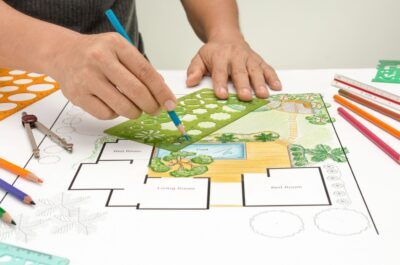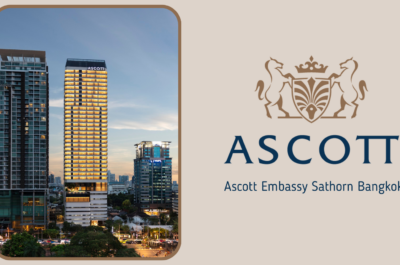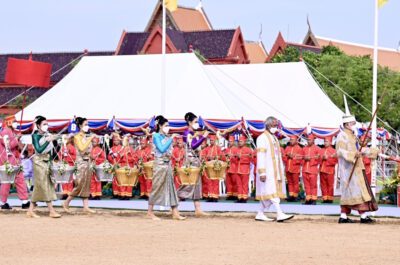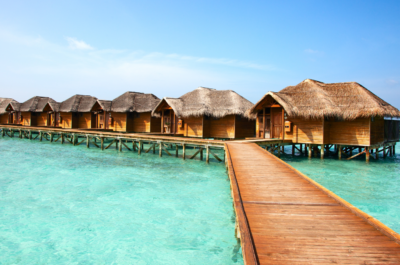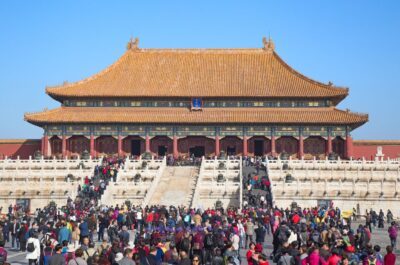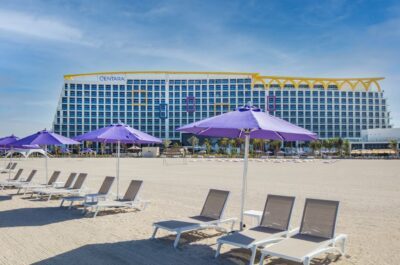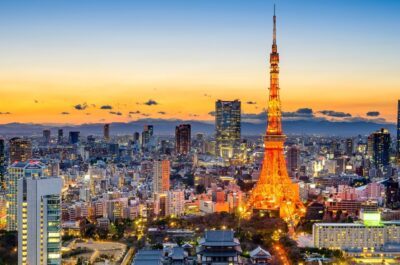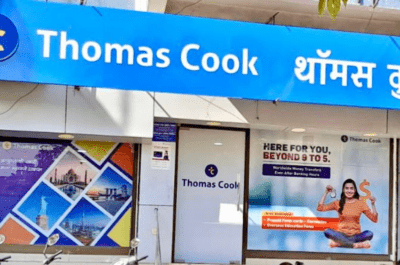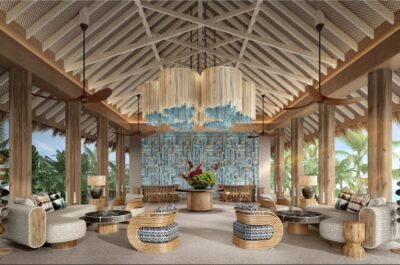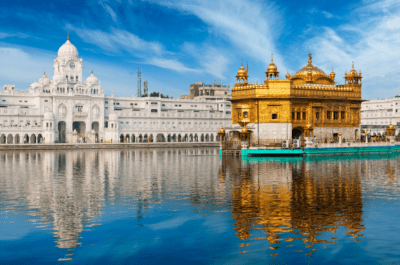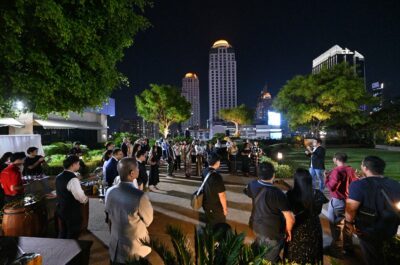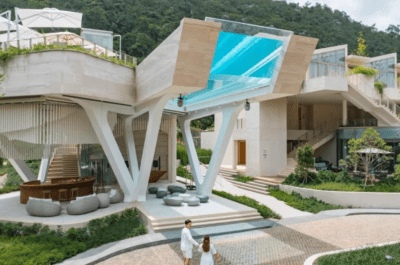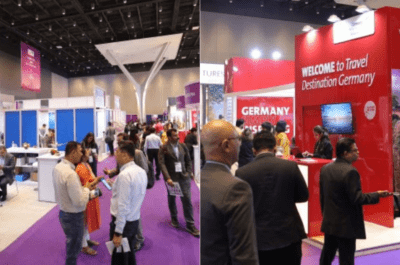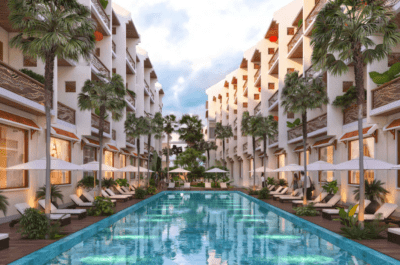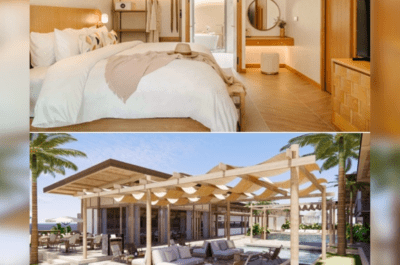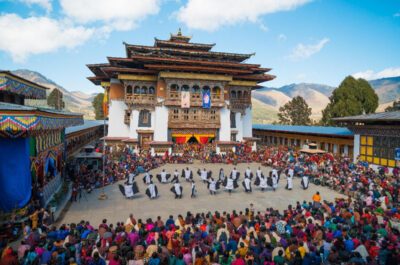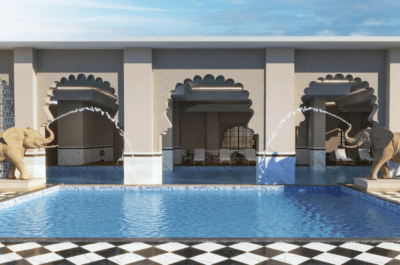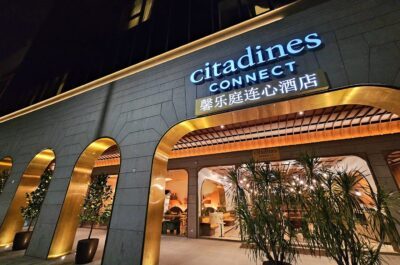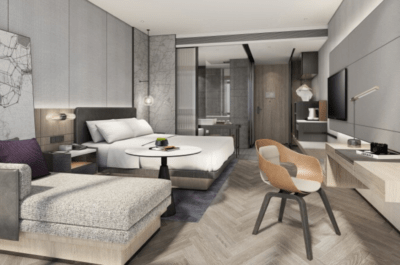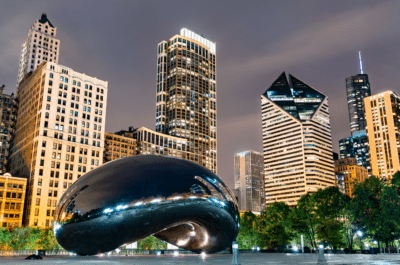Bangladesh capital Dhaka has at least 93 colonial building worth preserving. However, authorities have only listed 22 of them while the rest is now threatened to disappear due to speculation or –worst- negligence, reports Bangladesh’s daily 'The Independent'.
DHAKA – Lack of a proper policy, coupled with negligence shown by the authorities, has ruined most of the magnificent colonial-era structures in Dhaka, wrote recently The Independent newspaper in Bangladesh’s capital.
The Department of Archaeology (DoA) has gazetted only 22 buildings and sites as heritage sites in the capital. Of these, six in the Kotowali thana area, two in the Sutrapur thana area and two in the Lalbagh thana area bear the mark of colonial architecture. The rest are from the pre-Mughal and Mughal periods.
The 10 colonial-era structures are Ruplal House, the Nawab Bari main gate, the Jamindar Bari of Sutrapur, Shankhanadi House, Shankhanadi Dance House and Bhajhari lodge in Kotowali, North Barok Hall and Rose Garden in Sutrapur and the tombs of Colombo Sahib and Joseph Pagit in Lalbagh.
Historians and architects, however, told The Independent that there are more than 100 instances of colonial architecture in Sankharibazar and Tantibazar alone, and that these structures should be declared as heritage sites and protected.
In 2009, the Rajdhani Unnyan Kortipokkho (RAJUK), development agency of the capital, prepared a separate list where it identified 93 colonial-era structures as heritage sites and wrote to the erstwhile united Dhaka City Corporation (DCC), asking it to take measures to protect the buildings. The Corporation is supposed to look after vulnerable structures.
However, the DCC is not equipped with any provision to protect the structures from demolition. Only the Antiquity Act 1968 can declare a building as a “heritage site” and protect it from demolition. On October 9 this year, a High Court bench directed the government to prepare a complete list of all heritage structures in Dhaka city and submit a report to the court within three months. Following a petition filed by the Urban Study Group (USG), the court issued the directive to the cultural affairs, housing and public work and local government ministries.
The heritage conservationist group filed a petition on October 2, following the destruction of a colonial-era building on Johnson Road a day before to make way for a 20-storey commercial building. The court, however, withdrew its earlier temporary stay order on the demolition work and disposed of the petition.
Taimur Islam, an architect by profession and chief executive officer of the USG, has long been working to protect all colonial-era structures in Dhaka. After a building collapsed in Sankharibazar in 2004 , the city authorities decided to survey the area and recommended that 91 out of the 157 buildings in Sankharibazar be pulled down. Taimur and his architect wife, Humaira, strongly protested against the decision.
He said the authorities should go for area conservation instead of saving individual structures. “Many house owners prefer to demolish the structures and sell their lands as the price of land has increased. This should be stopped and the government should take measures to strengthen and protect the structures from extinction”, he added.
Eminent historian Muntasir Mamun said the Dhaka riverbank had attracted a number of wealthy persons to build exquisite colonial-era structures. He named several beautiful mansions such as Weis’s House, Ruplal House, Reboti Mohon Saha’s House, Jatin Saha’s House, Prasanna Babu’s House, Radha Govinda and Sitaram mandirs.
Dhakeswari and Brahmasamaj temples, Mirdha, Kusumpatti, Dakhini, Anandabazar and Begumbazar mosques, St. Thomas and Armenian churches, Dufferin hostel and Mohsinia Madrasa, Pogose and Collegiate schools, Hussaini Dalan and St. Gregory school and church are also some of the most beautiful colonial structures. Mamun said many more edifices have perished due to negligence.
“The few surviving ones have fallen into a state of disrepair. They are often illegally occupied. There is a need for architectural documentation and conservation to protect them from decay and damage, with special consideration of the townscape value”, he added.
Architect Saiful Haque said colonial architecture symbolises the knowledge and power of the victor. Although the colonial architecture was once the symbol of oppression, now it can be seen both in terms of style and engineering, he added.
“We don’t support colonial rule, but these buildings were built with our money. We need to acquire the knowledge of the past to build new things,“ he told The Independent. He said most of the colonial architecture are concentrated around the Ramna enclave. “But many colonial buildings around the older parts of Dhaka have vanished, as the authorities didn’t take any measures to protect them,” he noted.
He said Kolkata in West Bengal has succeeded in consolidating the efforts of its civic body to acquire funds to restore some of the most beautiful colonial-era buildings. “We should learn from our neighbour,” he added.
Rakhi Roy, assistant director of the DoA, said the department’s hands are tied due to funds crunch. “Also, most of these structures need major restoration work. We don’t possess the required expertise,” she added.
Photo caption: Bangla Academy, Dhaka.
(Source: Faisal Mahmud, The Independent)
Luc Citrinot a French national is a freelance journalist and consultant in tourism and air transport with over 20 years experience. Based in Paris and Bangkok, he works for various travel and air transport trade publications in Europe and Asia.


